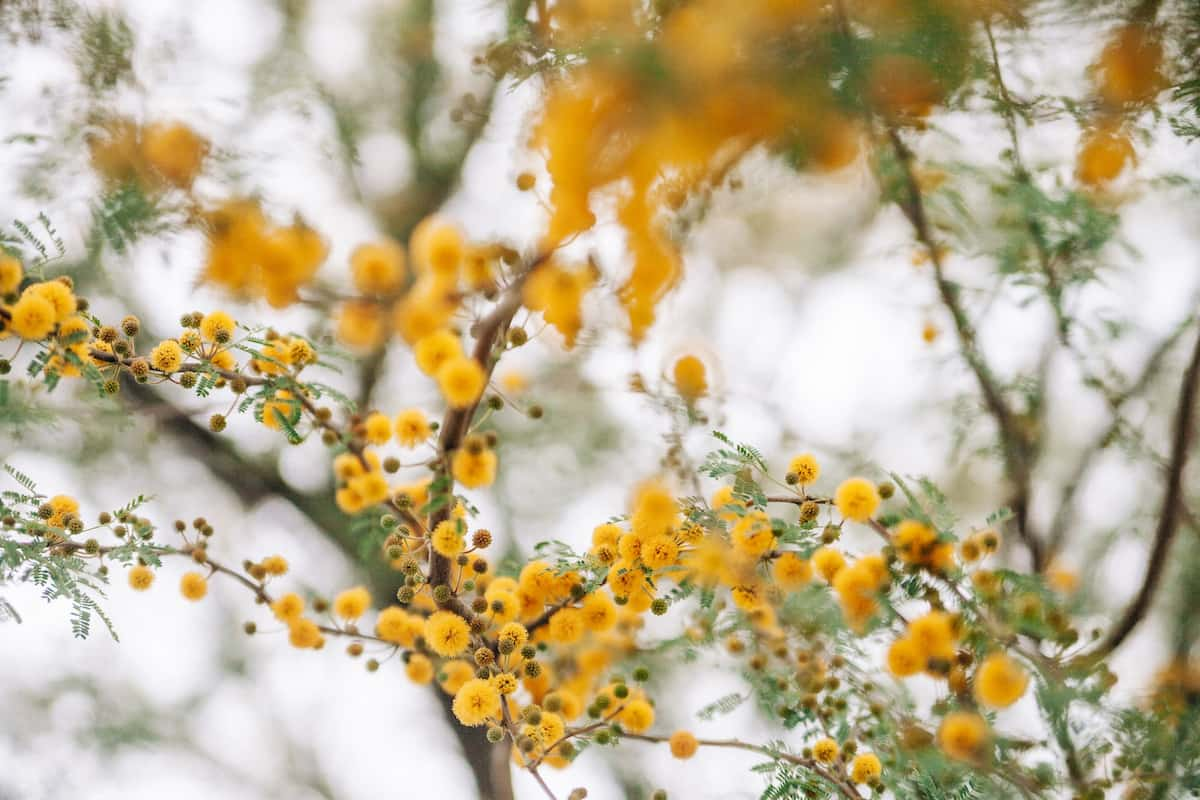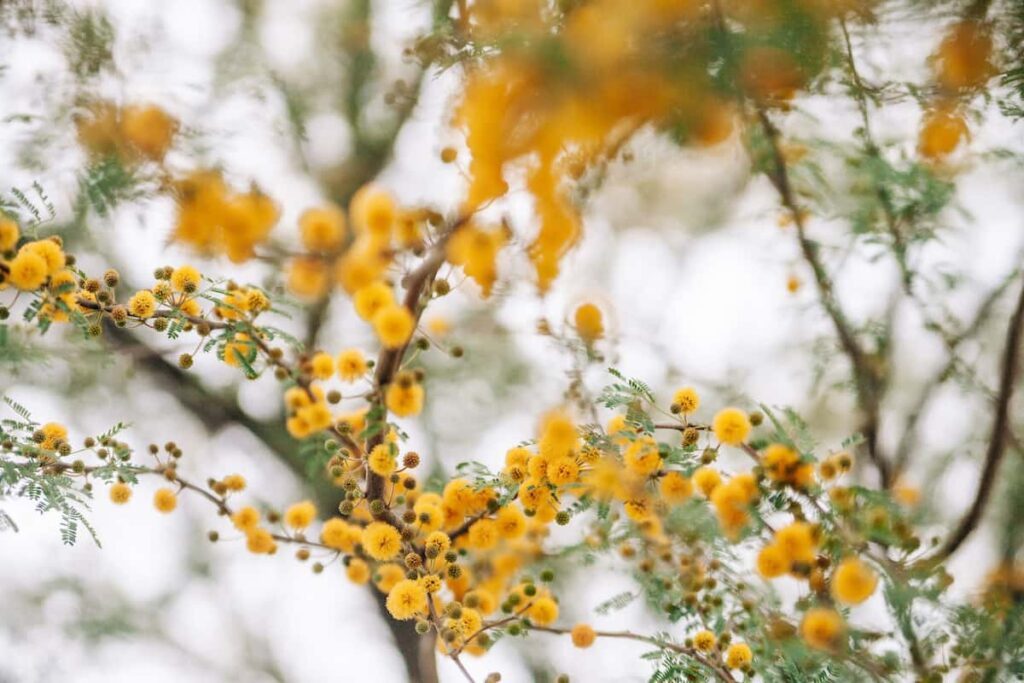
Are you worried about climate change and the impact this will have on your own ability to grow edible crops in your garden? Me too.
Whilst I live in Spain, thankfully being in the north I've felt the impact from the heat a lot less than many others who are based in the south or central Spain.
That said, as temperatures will continue to rise I think it's important to plan my garden for the future, and to try and keep temperatures as low as possible.
I think that planting trees, shrubs and other plants that will provide shade for my crops could be a good way to reduce the heat of the sun whilst also reducing the need to water the crops regularly.

Alley cropping is the term given to this practise on a larger scale (sometimes falling under the category of agro-forestry) - when farmers plant rows of trees between areas of crops in order to provide some shade for the crop they're trying to grow. Planting trees is no bad thing either, as they'll absorb more carbon and this can help the soil too - as long as you're not just planting trees like Eucalyptus.
It should be possible to replicate alley cropping on a small, garden scale. Instead of using tree plantations or huge rows of trees, we can instead pick and choose a variety of plants, shrubs and trees that will provide shade.
A side note here that a very smart way to kill 2 birds with 1 stone is by looking to plant trees that will help to fix nitrogen in the soil. Nitrogen fixing plants are key constituents in many natural ecosystems in the world, helping plants to grow in otherwise very dry and inhospitable conditions. Thanks to nitrogen fixing trees and plants, other surrounding vegetation benefits because those trees have bacteria which turns nitrogen gas into ammonium in order to be taken by other plants as a nutrient.
So, if you can choose to fast growing trees that also help to fix nitrogen in the soil, you should see a positive benefit on the ecology of the soil and surrounding area - helping your vegetable and fruit crops in the process.
It's important to try and opt for local, native tree and plant species here. So there are a few requirements:
1 - Fast growing
2 - Nitrogen fixing
3 - Native or local plants/trees (no invasives).
This may vary according to your exact location within Spain. It's a very big country with many of it's own sub-environments, from mountainous regions to sunny almost desert-like conditions and then more lush, green and fairly wet areas.
The best thing to do is to research nitrogen fixing plants and keep an eye out on your local area - which trees and plants do you notice growing in your native environment? After all, you don't want to be bringing in something invasive or having to pay for a tree to be delivered from hundreds of miles away (emitting plenty of carbon in the process!).
You also want to opt for something which is going to be fast growing. Whilst oak may be a great tree for providing shade from its canopy, you might be waiting tens of years to reap the rewards (plus its not really known for its nitrogen fixing properties!).
Ignoring nitrogen fixing properties for a second, these are known as being native, fast growing trees:
I plan on planting a few of the above scattered around the garden to provide shade and cover, and to use other nitrogen-fixing trees where I plan on growing vegetables.
Note that some of the species listed above are specific to a particular family of trees. So within the Broom tree type, there will be many individual species. I have simply chosen the tree I would opt for growing - but you should do your own research too!
My own personal plan is to track where the sun is going to be hottest / at it's highest point in the garden during summer, and to ensure the trees are planted in a location that will give shade at that moment. So early morning sun for the crops will be fine, but I will try and provide shade from the hot afternoon sun. This is something that you will have to figure out yourself unfortunately!
I then plan on using small raised beds below those trees. Ideally they wouldn't be raised, as they would require less watering, but this is my own personal preference. I plan on utilising the no-dig or no-till method, so there will be plenty of compost and mulch applied to these beds. They should be easier to weed and manage, I just need to install a water irrigation system from rainwater collection butts.